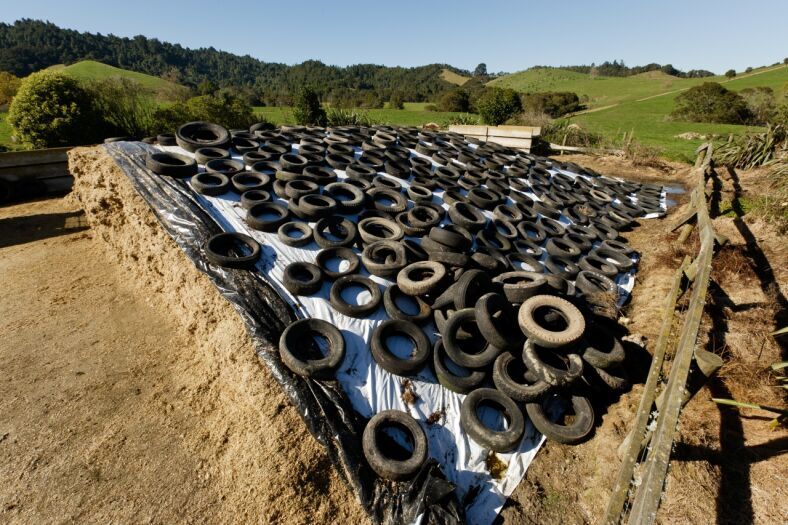
Articles
Maize silage - the supplement of the future

Dairy Specialist, Ian Williams has worked with farmers feeding Pioneer® brand maize silage for the past 20 years. He has supported our customers through the ups and downs of the milk payout as well as through major climatic events including droughts and floods. Ian is passionate about maize silage and he believes it has an important role to play in future dairy farm systems for five key reasons.
Homegrown
Most New Zealand dairy farms can grow maize silage crops yielding 18-22 tDM per hectare for 16-20 c/kgDM. No other harvested crop can consistently deliver the same amount of drymatter for such a low cost.
“You grow a maize crop yourself, or buy it from a trusted local grower and you understand what goes into that feed” says Ian. “That’s becoming increasingly important as we market our milk to consumers who want food that is healthy and sustainably produced.”
Safe to feed
Most dairy farmers are passionate about the health and welfare of their animals. They want to feed them well regardless of how well the grass is growing. Sometimes this means high amounts of supplements are required. Maize silage is a very safe feed because the slowly digested fibre in the green part of the plant balances the more quickly digested starch in the grain.
“Palm kernel has helped a lot of New Zealand farmers out of feed holes caused by unpredicted weather events in the past decade” says Ian. “Fonterra’s 3 kg per cow limit means many farmers will need to have alternative supplements on hand to help them make it through large feed deficits.”
Environmentally sustainable
There is an increasing focus on the impact of dairy farm systems on the environment. Maize silage is a low nitrogen feed which can be used to dilute the high level of protein in pasture-based diets. This reduces the amount of nitrogen in urine and the nitrogen leaching risk.
“Maize silage has played a key role in reducing nitrogen leaching on dairy farms throughout Europe. It’s much more environmentally sustainable than winter grazed crops which often have very high nitrogen and phosphorus losses.”
Farm systems
“Two decades of working with some of the country’s top dairy farmers have shown me supplements can look profitable on paper, but it is how they incorporate into the farm system that really counts” says Ian. Maize silage is a unique feed because it is a high energy forage which can be stored and fed when it is really needed and when the milksolids response rate is high. Feeding rates can be varied to manipulate pasture cover levels. It can be used to reduce nutrient loadings on effluent paddocks and to maximise the return from dairy support land.
“No other supplement is as flexible nor offers the same farm systems benefits as maize silage.”
Reliable
Henry Wallace (the founder of Pioneer® Hi-Bred International) commercialised the first maize hybrid in 1923. Since then, there has been enormous global investment in maize development and breeding to commercialise higher yielding hybrids which produce reliable yields of quality feed.
“Maize performs consistently across a wide range of growing environments and climatic conditions” says Ian. “It is awesome to see local growers capturing the benefit of a global plant research programme that is continuing to deliver new, higher performing products season after season.”
